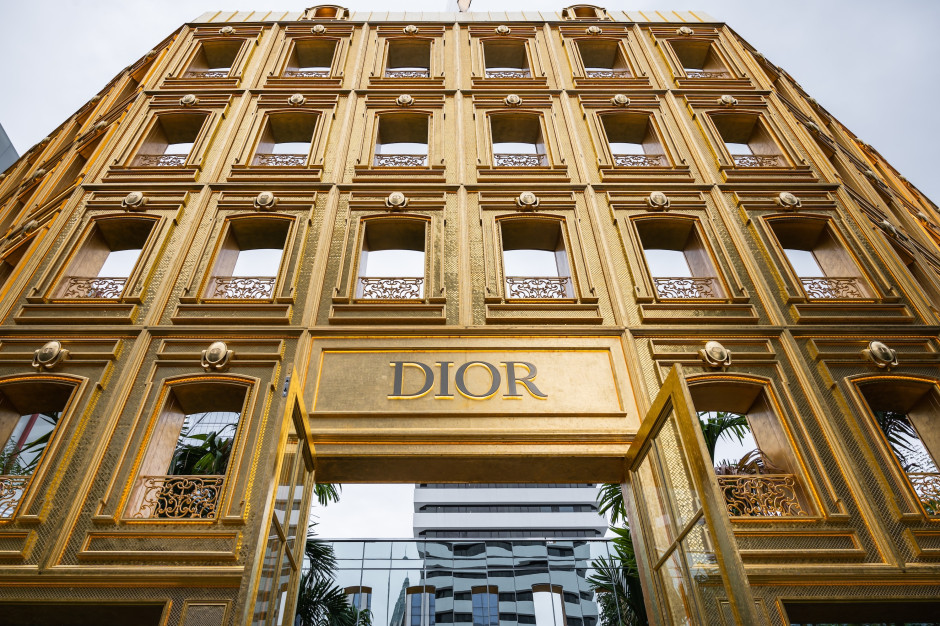"Made in Italy" faces the crisis of the century. Is Donald Trump to blame?

The trade war between the US and the European Union is striking at the very heart of Italian industry—"Made in Italy." Italian luxury brands face a dire choice: loss of profits or loss of identity.
According to NSS Mag, with the Donald Trump administration unilaterally imposing 15% tariffs on all goods imported from the European Union, a new season of trade tensions is opening, which could have disastrous consequences for " Made in Italy "—especially in the fashion and luxury goods sectors , which have been the hallmark of Italian industry for decades. The solution? Donald Trump makes no secret of his intentions: American soil is to become the new center of global luxury. The message is clear: either invest here or pay full price. However, not everyone can afford it.
 Dior luxury boutique, Bangkok, Thailand / Shutterstock
Dior luxury boutique, Bangkok, Thailand / ShutterstockThis new version of the "tariff war," as experts from Confindustria and ICE (Italian Trade Agency) call it, could cost Italians up to €30 billion annually and 180,000 jobs, primarily in the fashion, leather goods, and artistic crafts sectors. As a reminder, Italian exports exceed €600 billion annually , a significant portion of which goes overseas.
Customs duties are not just a bargaining chip in a global political game – they are a direct attack on the DNA of "Made in Italy" , based on local know-how, exclusivity and intergenerational tradition.
France's Answer: Arnault Brings Luxury to TexasWhile Italian brands remain silent, France has no intention of sitting idly by. Bernard Arnault , head of LVMH , has opted to move some production to the United States , thus avoiding customs tariffs.
After opening a Louis Vuitton factory in Texas in 2019 (with Trump himself in attendance), Arnault announced the construction of a second one – also in that state, by 2027.
Is the American version of luxury even viable? For now, it's struggling. As Reuters reports, LV's Texas factory is one of the least efficient, producing as much as 40% leather waste (twice the rate in Europe), and employing only 300 workers instead of the planned 1,000.
Italian luxury on the verge of losing its identityUnlike France , Italy lacks the ability to quickly relocate production overseas. Not only due to a lack of infrastructure or specialists, but also because Italian luxury is a story rooted in a locale , not something to be replicated. Relocating production could result not only in financial losses but also in a reputational crisis.
"French groups have created a model that is now consuming Made in Italy from the inside. The only way to make a quick profit is to outsource to China. But then our clients will feel cheated. And it's hardly surprising," Brunello Cucinelli pointed out in an interview with the Financial Times.
Some Italian luxury brands are already outsourcing their production to illegal workshops run by Chinese subcontractors, but in Italy. This is a bitter irony that undermines the very foundations of the entire industry.
The future of Made in Italy in the shadow of politicsAccording to Bain & Company, the luxury market will lose 50 million customers in 2024. The main reason? Overindulgence in high prices and a lack of authenticity. At the same time, as Gam's analysis in MF Fashion notes, American consumers still plan to increase their spending by 2%, especially when traveling. Shopping in Milan is up to 35% cheaper than in New York – and this could be the last straw for Italian luxury.
well.pl





